The Legacy of the Joyner Wave Machine: A Nostalgic Look at Mid-Century Beauty
The Joyner Wave Machine, once a revolutionary beauty tool in the 1950s, is an iconic device that forever changed the way women styled their hair. This vintage machine, known for its futuristic design and remarkable efficiency, was an essential part of beauty salons during its time. But as technology evolved, it eventually faded into obscurity. Today, it serves as a nostalgic symbol of mid-20th-century beauty culture. In this article, we will explore the history of the Joyner Wave Machine, how it worked, its cultural impact, and why it eventually became a thing of the past.
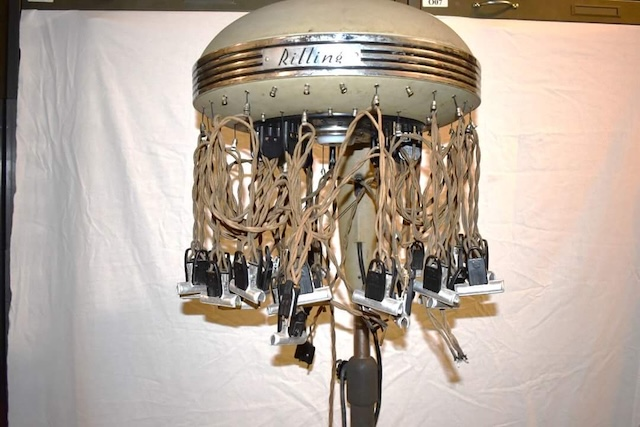
What Was the Joyner Wave Machine?
The Joyner Wave Machine, also known as a permanent wave machine, was a pivotal tool in beauty salons during the 1950s. This electric device allowed women to achieve long-lasting curls or “perms,” which was a popular hairstyle during that time. The machine was designed with a central stand that had multiple wires and clamps attached to heated rollers. After the hair was treated with a chemical solution, these heated rollers were used to curl the hair into a voluminous and lasting style. The permanent wave machine offered a solution to the tedious and unreliable methods that were previously used to curl hair, such as curling irons and overnight rollers.
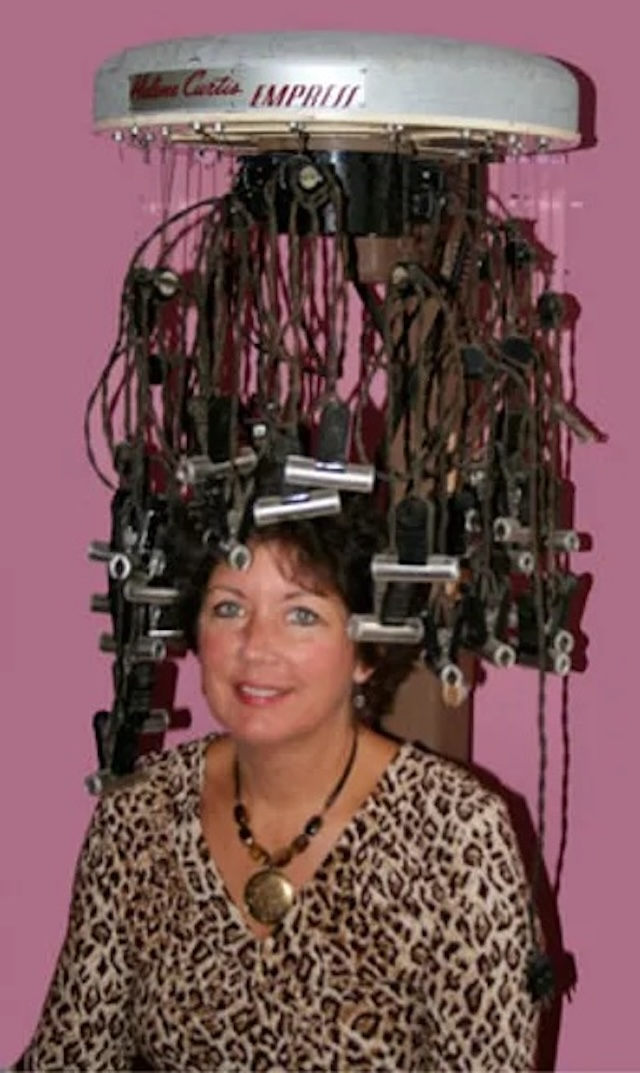
The Birth of the Joyner Wave Machine in the 1950s
The 1950s marked a period of transformation in fashion and beauty. During this time, the desire for perfectly curled hair reached new heights, with women desiring voluminous, neat curls that were both glamorous and low-maintenance. Traditional methods for curling hair, such as using curling irons or sleeping in rollers overnight, were often time-consuming and did not deliver long-lasting results. This is where the Joyner Wave Machine came into play.
In the 1950s, advancements in technology allowed for the development of permanent wave machines like the Joyner Wave Machine. Though permanent wave machines had been around since the early 20th century, it wasn’t until the 1950s that they became more accessible and widely used in salons across America. Thanks to these technological advancements, women could achieve a stylish, curled look that lasted for months, making it a favorite tool among beauty professionals and customers alike.
How the Joyner Wave Machine Worked
Using the Joyner Wave Machine was a precise, step-by-step process that involved applying a chemical solution, clamping the hair, and applying heat to set the curls. Here’s a breakdown of how it worked:
Step 1: Preparing the Hair
The process began with the stylist applying a chemical solution to the client’s hair. This solution helped break down the hair’s natural bonds, making it more flexible and easier to shape into curls. The solution also ensured that the curls would hold for a long period.
Step 2: Clamping the Hair
Once the hair was treated, the stylist would section it off and wrap the hair around metal curlers or rods. These curlers were then secured in place with the machine’s clamps, which were electrically connected and provided the heat necessary to set the curls. The heat would activate the chemical solution, allowing the hair to hold its new shape.
Step 3: Heating the Hair
After the hair was clamped and wrapped around the curlers, the Joyner Wave Machine would heat the curlers to a specific temperature. This heating process helped form the curls and set them in place. Depending on the desired look and hair type, this process could take anywhere from 30 minutes to an hour.
Step 4: Cooling and Finalizing
Once the heating process was complete, the stylist would remove the curlers and clamps, rinse the hair to neutralize the chemicals, and then style the hair. The final result was a long-lasting, voluminous curl that could last for several months with minimal maintenance.

The Cultural Impact of the Joyner Wave Machine
The Joyner Wave Machine was not just a beauty tool; it was a cultural symbol of the 1950s. During this time, beauty standards were closely tied to femininity and identity. A woman’s appearance, particularly her hairstyle, was a major aspect of her personal expression. The perfectly styled curls made possible by the Joyner Wave Machine reflected societal values of neatness, sophistication, and order.
Additionally, the Joyner Wave Machine represented the rapid technological advancements of the 20th century. As electric appliances were becoming increasingly common in households, the beauty industry also embraced new innovations, and the Joyner Wave Machine was a perfect example of this. It symbolized the post-war era’s optimism and belief that technology could make life more efficient and comfortable.
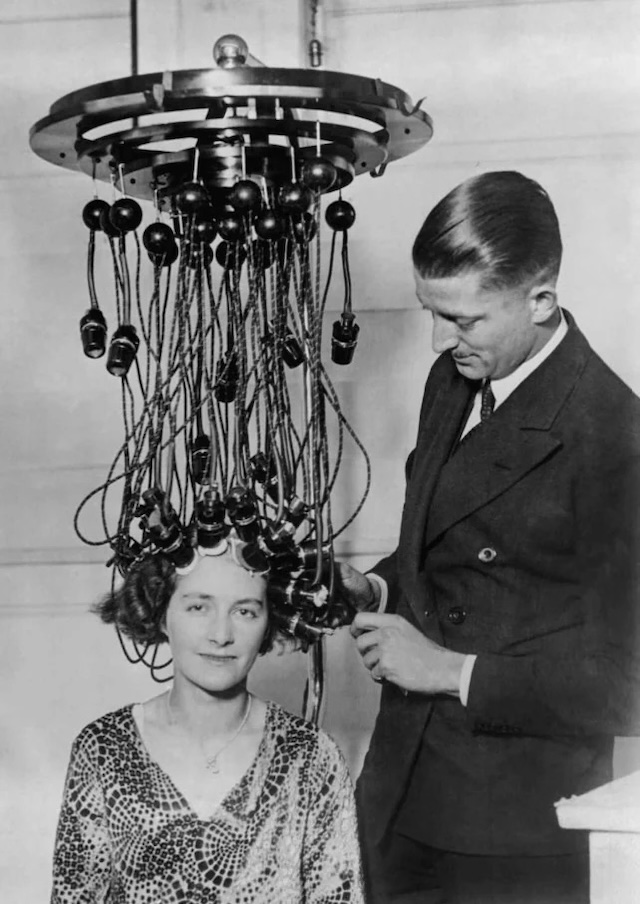
From Fame to Obscurity: The Decline of the Joyner Wave Machine
Despite its widespread use in the 1950s, the Joyner Wave Machine eventually fell out of favor. By the late 1960s and early 1970s, beauty trends shifted towards straighter, more natural hair. The rise of home perm kits also made salon-based machines like the Joyner Wave Machine less necessary, as people could now curl their hair at home at a fraction of the cost.
Additionally, advances in hair care technology, such as more effective hair dryers and the development of gentler chemical treatments, further contributed to the decline of the Joyner Wave Machine. Salon owners and stylists began to adopt more modern and user-friendly devices that could produce similar results without the complexity of the wave machine.

Collecting Vintage Beauty Devices: The Joyner Wave Machine as a Piece of History
Today, vintage beauty devices like the Joyner Wave Machine have become highly collectible. For enthusiasts of mid-century culture and beauty history, these machines are fascinating relics of a unique time in beauty technology. Many collectors seek out restored Joyner Wave Machines as a way to preserve a piece of history. Museums and antique collectors also value these machines for their historical significance.
Restored Joyner Wave Machines can still be found in vintage shops, online auctions, and even in personal collections. For many collectors, owning one of these machines is like holding onto a piece of the past—an artifact from a time when technology and beauty culture were inextricably linked.
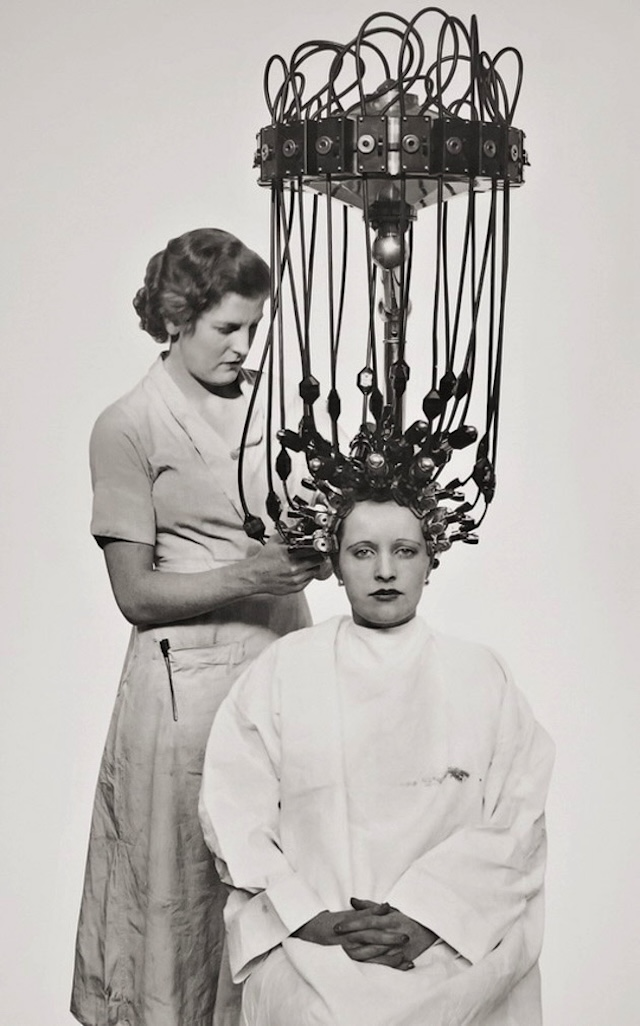
Conclusion: A Wave of Nostalgia
The Joyner Wave Machine may seem like an outdated and strange tool to modern eyes, but in its time, it was a revolutionary beauty device that changed the way women styled their hair. The machine’s impact on beauty culture in the 1950s cannot be overstated, as it helped define the era’s iconic curled hairstyles. Although it has long since been replaced by more modern devices, the Joyner Wave Machine remains a symbol of innovation, technological advancement, and beauty trends of the mid-20th century.
Whether you recall seeing one of these machines firsthand or you’re learning about them for the first time, the Joyner Wave Machine offers a glimpse into a fascinating chapter of beauty and technology history. As vintage beauty devices become increasingly popular with collectors, the legacy of the Joyner Wave Machine will continue to inspire nostalgia for generations to come.
Share this content:

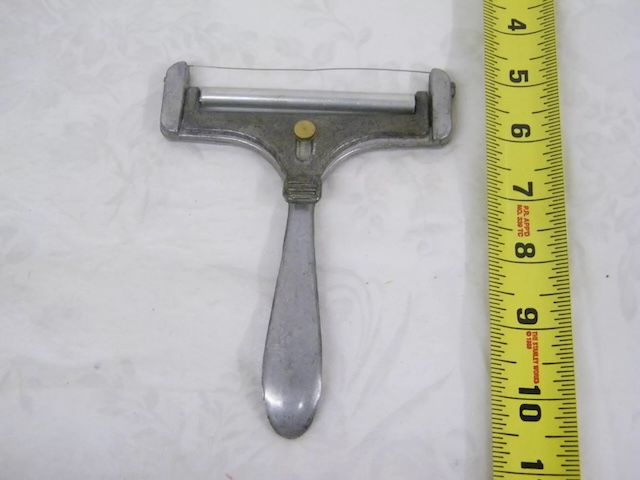







Post Comment